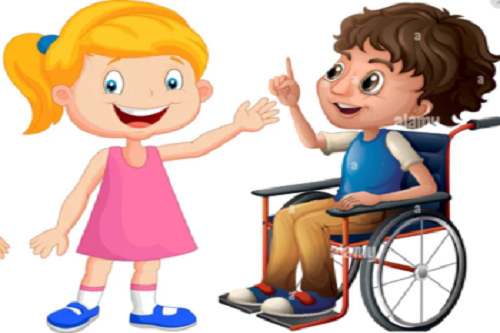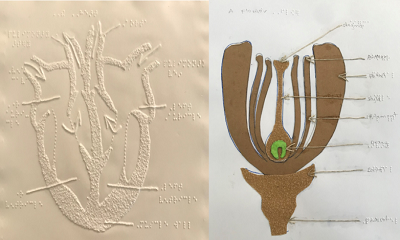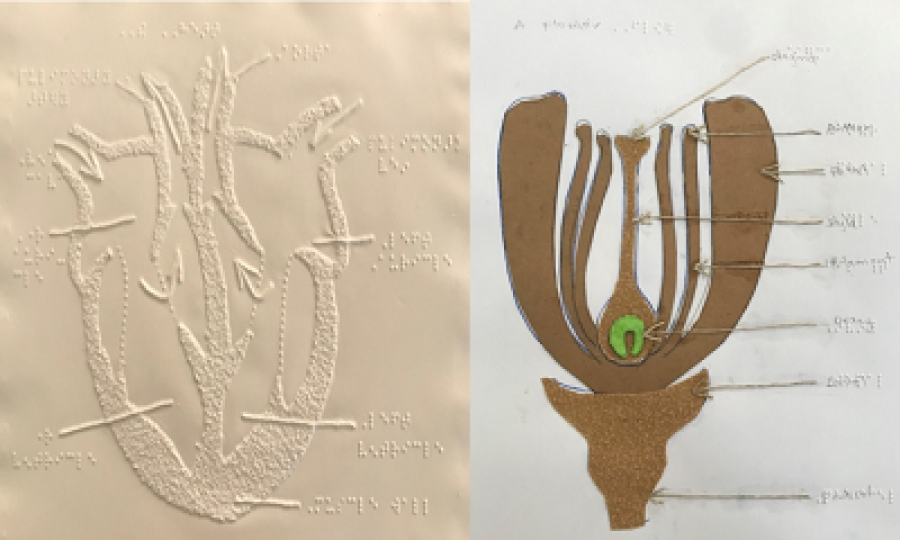Promoting Inclusive Education
By Thuo Karanja & John Odhiambo
Inclusive educational practices are attitudes and methods, policies, values and practices that ensure all learners can access mainstream education regardless of whether they have exceptional 'labels'. In an inclusive school, everyone ensures learners feel welcome and valued and get the proper support to develop their talents and achieve their goals.
All children have a right to education. Inclusive education is the most effective way to give all children a fair opportunity to learn and develop the skills they need to thrive. However, in most contexts, learners with disabilities are often overlooked in policymaking, limiting their access to education and their ability to participate in social, economic and political life and decisions that most affect them. They are robbed of their right to learn through persistent barriers to education stemming from discrimination, stigma and failure of decision-makers to incorporate disability in school services and programmes. 
Applying the Universal learning design (UDL) forms the solution for practising inclusive education. UDL is an instructional design used to teaching and learning products, resources, methods of instruction and learning environments for all learners to the greatest extent possible without the need for adaptation or specialised design. In UDL, teachers use various teaching methods adjusted for every learner's strengths and needs and build-in flexibility that removes barriers to learning, giving all learners equal opportunities to succeed. Briefly, it is driven by three principles. Representation is where learners are offered information in more than one format. While textbooks are primarily visual, providing text, audio, video, and hands-on allows all learners to access the resources in whichever way best suits their learning strengths. In action and expression, learners are given more than one way to interact with the material and show what they've learned. Learners could choose between taking a pencil-and-paper test, giving an oral presentation or doing a group project. Engagement is where
learners can make choices and do assignments relevant to their lives and interests, including the selection and opportunities for students to get up and move around the classroom.
Janet and James are learners with hearing impairment; what strategies would a school, implement to promote inclusive education for them?
Gender-responsive pedagogy (GRP) is also inclusive practice. In the cartoon about hearing impairment, not many would consider gender as a factor in inclusive education. Gender-responsive pedagogy entails teaching and learning processes that encourage equal participation and involvement of boys and girls. It considers boys' and girls' specific interests, learning styles and needs. GRP is not just looking at how to teach but also how to address gender in lesson planning, classroom management and assessment.

Tactile resources for teaching biology: The structure of theheart and the the flower
Other success factors for inclusive education include developing school leadership and teacher capacity to effectively implement universal design principles and inclusive psychosocial support for learners with disabilities. There is also the need for developing communities of practice to share best practices among teachers and raise community awareness on supporting children with disabilities.
Latest from Esther Nyambura
- CEMASTEA Hosts Successful INSET Centre Principals’ Workshop
- CEMASTEA Conducts Successful Holistic Learning Training for Rwandan Teachers
- Empowering Quality Standards and Assurance Officers (QASOs) for Enhanced STEM Education
- Science and Mathematics Teachers Pilot Symposium: Innovative Classroom Practices
- CEMASTEA Strategic Plan 2023 – 2027: Key Highlights

